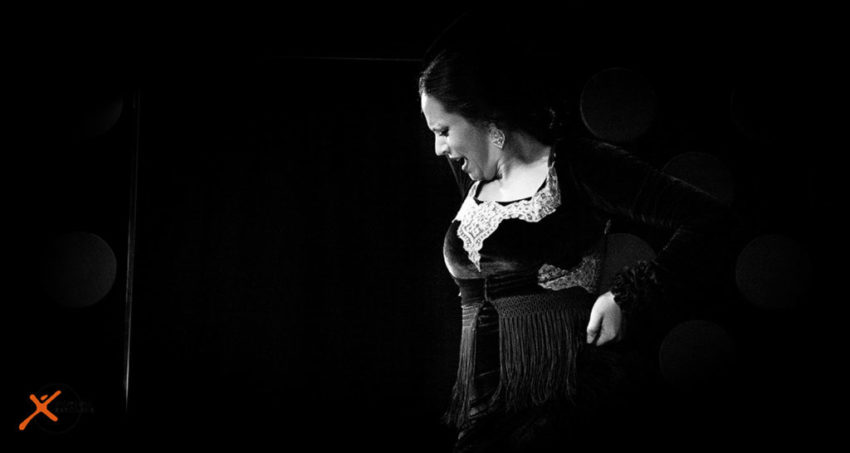Flamenco An Intangible Heritage of Humanity

Flamenco is an art form that involves music, singing and dancing. It is native to the Andalusia region of Spain. Folk songs from Andalusia were accompanied in the past ages by various instruments that included the violin, tambourine and bandurria. Today, the musical instrument that dominates the accompaniment is the guitar.
Structure of Flamenco
Cantes – They are Flamenco styles and they are also referred to as `palos’. These styles are characterised by rhythmic patterns, mode, chord progressions, their geographic origin and their stanza forms. They fall traditionally into three types of classes – Cante Grande or Cante Jondo, Cante Intermedio and Cante Chico. The famous cantes are Alegrias, Bulerias, Cartageneras, Fandango, Granainas, Malaguenas, Peteneras, Rumba, Seguiriyas, Sevillanas, Tientos and Villancicos.
A typical recital of Flamenco will have vocal and guitar accompaniment. It will comprise a series of compositions in different cantes. Each song has a set of verses known as coplas. They get punctuated by falsetas which are guitar interludes. The principal role of the guitarist is to give a small introduction that sets up the tempo and the tonality of the cante.
The harmonic mode used by the Flamenco cantes is the modern Phrygian. All other major and minor scales of Western music are also employed.
Most cantes express bitter and tragic feelings. The melodies are generally characterised by a descent unlike a typical aria from an opera. They go from a high pitch on to a lower one and from forte or loud tone to piano or a soft tone. This is reminiscent of the olden Greek scales.
Metre or time signature is charcaterised by Compas. They bring out the layout or the rhythmic style. Flamenco employs there major measures – binary, ternary and a twelve-beat cycle.
Forms of Flamenco Expression
El Baile – this form is well known for its carriage and emotional intensity and also for the expressive use of arm gestures. Rhythmic stamping of feet is also unique for this form and this should not be confused with tap dancing or Irish dancing as this dance has a different kind of technique.
Flamenco Nuevo – This is the modern style and it is characterised by costumes that are pared down. Men dance with bare chests and the women dance wearing plain jerseys. Props like fans, castanets and shawls are used rarely accompanied by choreographed dances.
Flamenco Elements
Flamenco cantes consist of four different kinds of elements – Cante-Voice, Toque-Guitar, Baile-Dance and the Jaleo that involves “palmas” for hand clapping. Jaleo is actively performed by the audiences along with the artistes so that an urgent feeling of participation is generated. Hand clapping is considered as an art in itself. It is not as easy as it looks or sounds as the palmeros are likely to use complex and intricate rhythms around the base of a particular song. Jaleo is also accompanied often by zapateado which involves artistic footwork while dancing. The dancers demonstrate their skills with their feet and the great effect of the noise that culminates by this and the palmeros will stay in your ears long after you have left the scene.
Today, there are several young and new artistes who are continuing to perform the fantastic art form of Flamenco as their ancestors did during the earlier generations. Flamenco has picked up popularity in the recent years and now it is performed ll over the world, It is also taught in many non-Spanish countries. You will find that it is highly popular in Japan and in the United States of America. You will be amazed to know that there are more academies teaching Flamenco art in Japan than in Spain. About six years ago, the United Nations Educational and Scientific Cultural Organisation went on to declare Flamenco as an art form that has become one of the ‘masterpieces of the oral and intangible heritage of humanity’.
If you would like to see a taster flamenco show, why not join our Barcelona Night Bike Show for a magical night to remember.